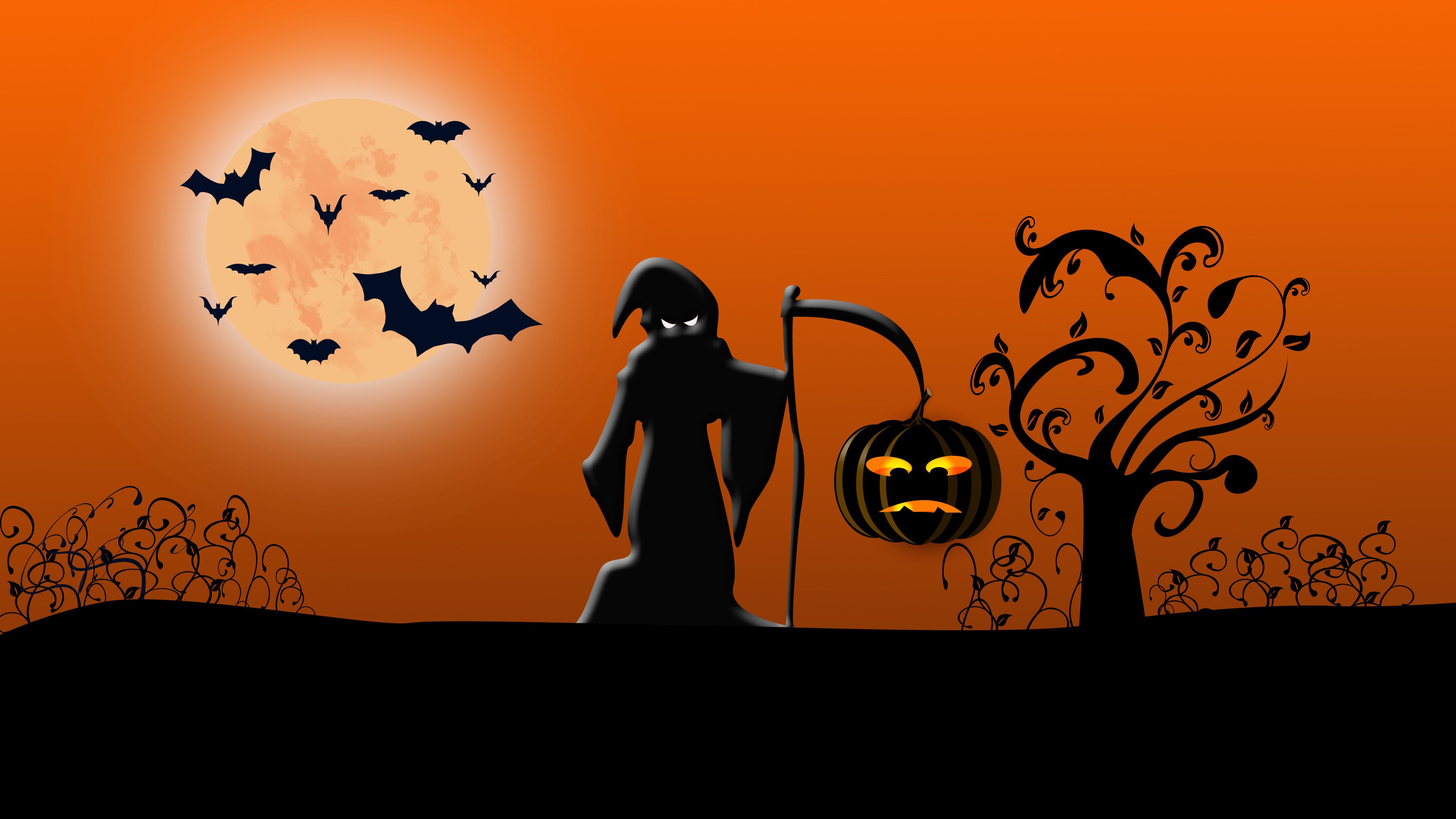
Halloween is when one-third of the annual candy sales in the US happen. It was once a Celtic celebration of the end of summer known as Samhain (pronounced Sow-In). The Celts celebrated the end of summer, received a brief visit from dead souls, and prepared for winter's approaching darkness.
Just as it is now, Halloween was the scariest of holidays. It was when the world of the living and the dead merged for a brief time, And it all happened after dark on the last day of October before the beginning of the Celtic new year on November 1st. The Celtic year had two halves, the light, and the dark. Samhain was the beginning of the dark half. And what did they have to look forward to? There was no Thanksgiving or Christmas on the horizon, no central heat, some dark, cold and damp months ahead, and nothing growing in the garden. Is it any wonder these party-natured Celtic folks might want to have one last bash before it all sets in.
Like all seasonal festivals on the pagan calendar, though, there was a profound connection to the "essence" of the change happening in the physical world surrounding them. The folks back then were in touch with not only what was going on around them but how it related to their human condition. The Celts celebrated the darkness, acknowledged death's reality, and actively participated in preparation for the upcoming seasonal changes. They set a "sacred fire" around which they gathered. . A piece from this fire was taken to the home's hearth to re-light it. Symbolically this was a way of lighting the "internal" fire to keep oneself safe and warm in the coming months.
Let's fast forward a few thousand years. What about Halloween might have spiritual significance for our lives today? These possibilities come to focus, but please add your ideas and practices to the list.
- The reality of death as a part of life is a part of this ancient tradition. In today's world, we tend to hide away a little from death and perhaps miss something important. In Buddhist circles, there is a teaching that says to be fully alive, we must come to terms with the inevitability of death. A simple practice might be to spend a little time reflecting on the inevitability of your death this Halloween. A google search for such practices will provide many options, as meditation on death is a common Buddhist practice.
- We might also want to practice embracing the "darkness" and whatever that might mean for us in our lives. It may be our shadow side, fears, fixed beliefs, or pet peeves. How might we approach these with a little more self-compassion and curiosity? Often the best way to let go of our "dark side" is to embrace and acknowledge it with compassion. This is a way of "setting it free" and, in the process, lessening its grip. List some things that fit any of these categories and spend a little time in contemplation with one or two of them. What do you learn?
- Let's not forget the party aspect of Halloween. It served a purpose for the Celts as it was a coming together of the community. And community means connection and support. Let's use Halloween as a time to reach out, mend some fences, and perhaps include others in our lives who might be getting left out.
- Finally, taking the "hearth fire" symbology to heart, how might you light your internal fire? What practices, rituals, or habits will support you in the months ahead by warming your heart from the inside? Make a short list of things you might want to try.
Regardless of the extent of your support for the massive candy binge, may you have a happy Halloween! And spend at least a few moments reflecting on the spiritual significance to you of this celebration of the darkness.
Join my list for free downloads, articles, practices and classes
We hate SPAM. We will never sell your information, for any reason.


